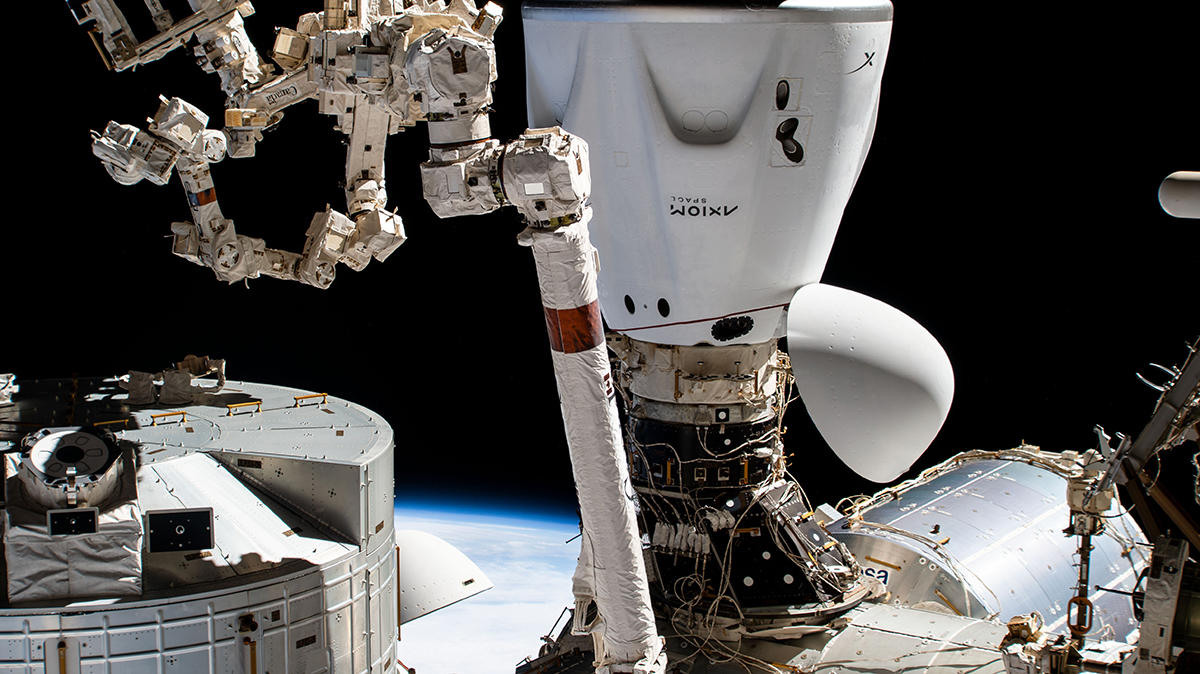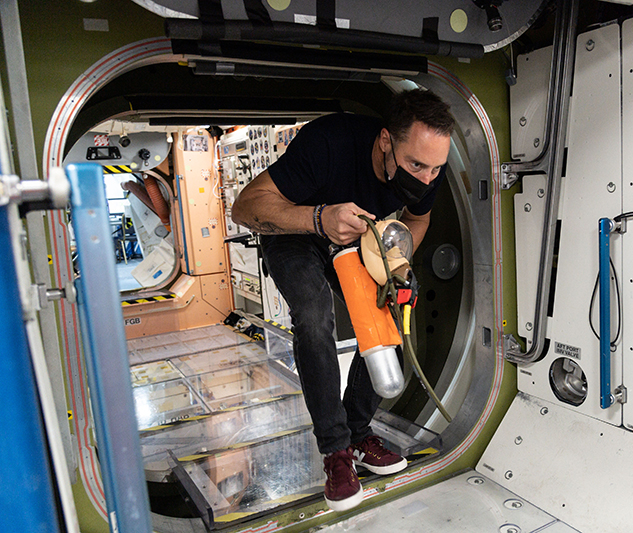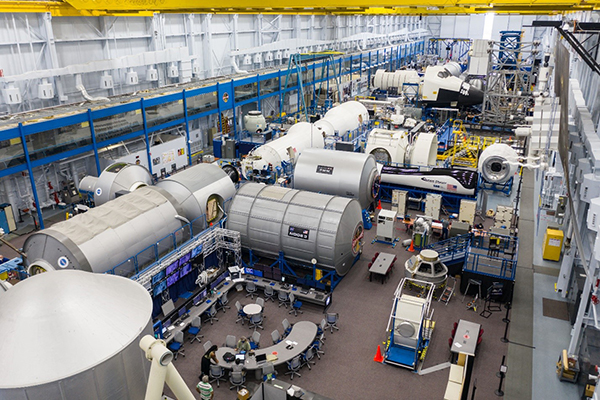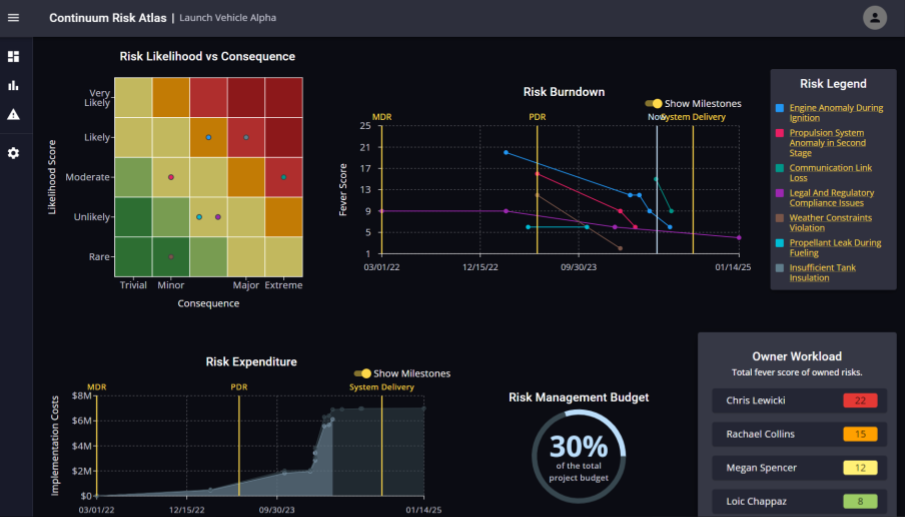
Private Lessons for Private Spaceflight
Subheadline
NASA facilities, practices, and experience used to train private astronauts
In April 2022, a crew entirely made up of private astronauts journeyed to the International Space Station aboard a SpaceX Dragon capsule. While this was a landmark occasion in the history of both the space station and human spaceflight, the training procedures that allowed these individuals to visit the orbiting lab were developed over decades of experience in historic facilities.
Axiom Space Inc., based in Houston, was founded in 2016 with the goal of furthering private human spaceflight and ultimately establishing a privately operated permanent human presence in space. Shortly after the company’s founding, it entered into an agreement with SpaceX to provide launch services for visiting the space station. Axiom’s first mission, known as Axiom Mission 1 (Ax-1), launched from Cape Canaveral carrying a crew of four individuals, representing four countries and two different levels of training.
“We have two different classifications: private astronauts and professional astronauts,” said Matt Ondler, chief technology officer and director of engineering for Axiom. “Private astronauts are either from countries that don’t participate in the space station or they might be from companies that want to further their research objectives and further their potential for commercial manufacturing in orbit.”
While Axiom’s professionals are former NASA astronauts like Michael López-Alegría and Peggy Whitson, the private astronauts start with little or no training at all. For Ax-1, these included CEOs, former fighter pilots, and an amateur race car driver. As such, these astronauts required instruction to be able to live and work on the space station. To do that, they needed to train with those experienced in it.
In 2008, David Wiedmeyer started working in the Mission Control Center at NASA’s Johnson Space Center in Houston as a flight control operator. During his tenure, Wiedmeyer became certified to work in training for astronauts and mission control specialists. Moving to the Office of the Chief Training Officer, he coached new employees on the same systems he worked on when assisting regular operations at the space station. In 2018, Wiedmeyer left NASA and became chief of flight operations and training at Axiom. Like Wiedmeyer, a large contingent of Axiom’s employees held positions at NASA before going to the private sector, including Ondler.
“At NASA, we certainly got a lot of opportunities to work on really hard problems and lean forward in terms of technology development,” Ondler said. “It’s a great training ground for engineers and for folks who are trying to do things in space.”
Training for Ax-1 used several facilities at Johnson, from full capsule simulators to mockups of space station modules. Axiom also contracted with KBR, a government services provider that helps train NASA astronauts, which provided Axiom with some of the same training workforce NASA has.
Axiom is slated to make additional trips to the space station with SpaceX, with private astronauts coming from around the world to perform research, conduct outreach, and other activities. During their seven days in orbit, the Ax-1 astronauts conducted biological research into brain function and heart conditions and tested technology for constructing habitats in space, something they wouldn’t have been able to do without the proper training.

Mark Pathy, one of Axiom Space’s private astronauts, trains in a replica of the International Space Station at Johnson Space Center’s Vehicle Mockup Facility prior to the launch of Ax-1. Credit: Axiom Space Inc.

The Space Vehicle Mockup Facility at Johnson Space Center contains replicas of NASA spacecraft and space station modules. This facility is used to train both NASA astronauts and private Axiom Space astronauts Credit: NASA

A SpaceX Dragon capsule carrying four private astronauts booked through Axiom Space docked to the International Space Station in April 2022. To ensure these astronauts would be able to work in zero gravity and be prepared for any eventuality on the space station, Axiom used NASA facilities and know-how to train them. Credit: NASA













